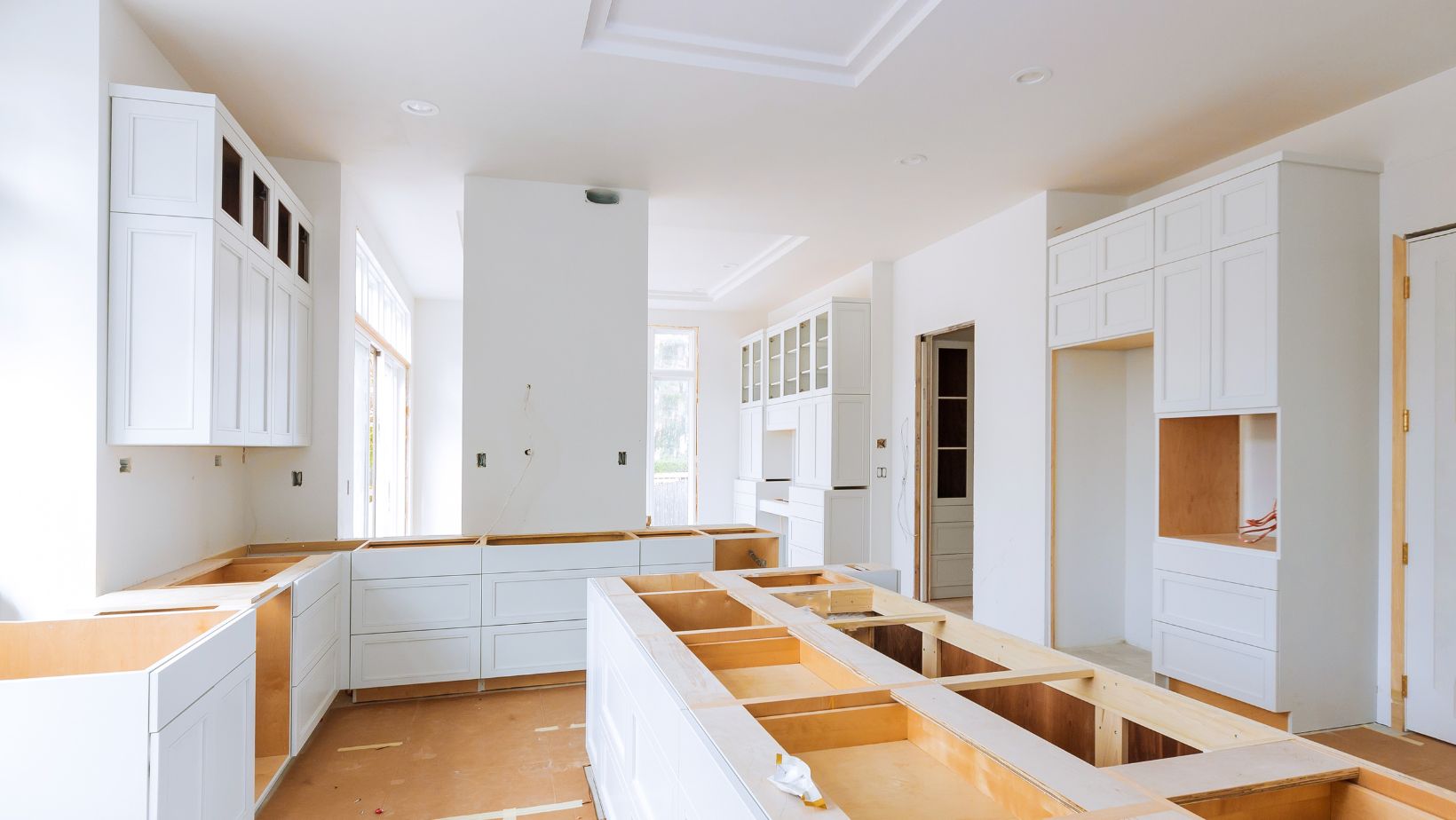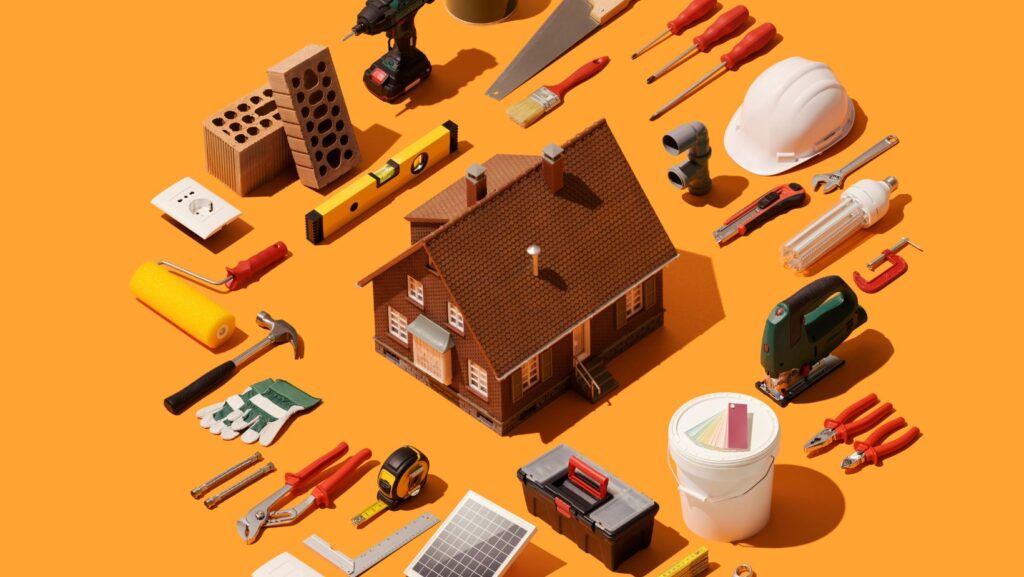Turning the dream of a custom home into a tangible reality can be an exciting journey filled with creativity and fulfillment. Whether you desire a modern architectural masterpiece or a cozy countryside retreat, the process involves several key steps that ensure everything aligns with your vision. This guide provides an overview of the essential steps you need to take to successfully build your perfect custom home.
Define Your Vision
The first step in building your perfect custom home is to clearly define your vision. This involves thinking deeply about the architectural style, layout, and specific features you desire. Consider the functionality of each space and how it will serve your daily needs. Are you envisioning open-concept living areas or a layout with distinct, separate rooms? Think about materials, sustainability, and finding the right custom home builder to bring your vision to life. Thoroughly defining your vision will serve as the foundation for all future decisions and ensure that you stay true to your desired result.
Set a Realistic Budget
Once you have a clear vision for your custom home, the next crucial step is to establish a realistic budget. This involves evaluating your financial situation and determining how much you are willing and able to invest in your home-building project. Consider all aspects, including the cost of land, construction, permits, and interior finishes. Consulting with financial advisors and custom home builders can provide insights into potential costs and help you anticipate any unforeseen expenses. Setting a practical budget early on will guide your decisions and keep your project on track toward completion without financial strain.
Choose the Right Location
Selecting the ideal location for your custom home is a critical step that influences both your living experience and the property’s long-term value. Start by considering factors such as proximity to work, schools, and essential amenities that align with your lifestyle needs.

Evaluate the neighborhood’s safety, community vibe, and future development plans, as these can impact your quality of life and investment. Additionally, consider the natural surroundings and views you desire, whether it be a picturesque landscape or a vibrant urban setting. Engage with local real estate agents to gain insights into market trends and availability in your preferred areas. Choosing the right location not only enhances your daily living experience but also ensures that your custom home remains a cherished asset for years to come.
Finalize the Design
With the location chosen and a clear vision outlined, the next step is to finalize the design of your custom home. Collaborate closely with architects and designers to translate your vision into detailed plans and blueprints. During this stage, consider every aspect of the home’s design, including the layout, room sizes, and specific architectural elements. Pay attention to both aesthetics and functionality, ensuring that the flow of each space meets your lifestyle needs. It’s also crucial to incorporate sustainable design practices and energy-efficient technologies, which can enhance the home’s value and reduce long-term operating costs. Throughout the process, maintain open communication with your design team to address any concerns or modifications promptly.
Obtain Necessary Permits
Before construction can begin, it’s essential to secure all the necessary permits and approvals for your custom home project. This process involves dealing with local government regulations and ensuring that your plans adhere to zoning laws, building codes, and any environmental regulations.

Start by consulting with your custom home builder and local authorities to understand the specific permits required for your area, which may include building, electrical, and plumbing permits, among others. It’s important to complete paperwork accurately and submit all required documentation promptly to avoid delays in the building process. Agencies might conduct inspections at various stages, so be prepared for thorough reviews of your plans.
Oversee Construction
Once all necessary permits are obtained, the construction phase can commence. This stage involves overseeing and managing various contractors to ensure that your custom home is built according to plan and meets quality standards. Your custom home builder will serve as your main point of contact, coordinating the daily activities of each contractor involved in the project. Regular site visits will allow you to monitor progress, assess workmanship, and address any concerns or changes that may arise. It’s vital to maintain open communication with your builder and ask questions if anything is unclear or needs clarification. To find out more about knockdown rebuilds visit Carlisle Homes.
Building your perfect custom home is an extraordinary journey that combines careful planning, creativity, and collaboration. By defining your vision clearly, setting a realistic budget, and choosing the right location, you lay a solid foundation for success. Finalizing your design with a focus on both aesthetics and functionality ensures that every detail aligns with your expectations. Staying diligent in obtaining necessary permits and overseeing construction safeguards your investment and facilitates a smooth building process. As you reach the completion of your custom home, you’re not just stepping into a new property, but embracing a lifestyle uniquely tailored to your dreams and aspirations.



